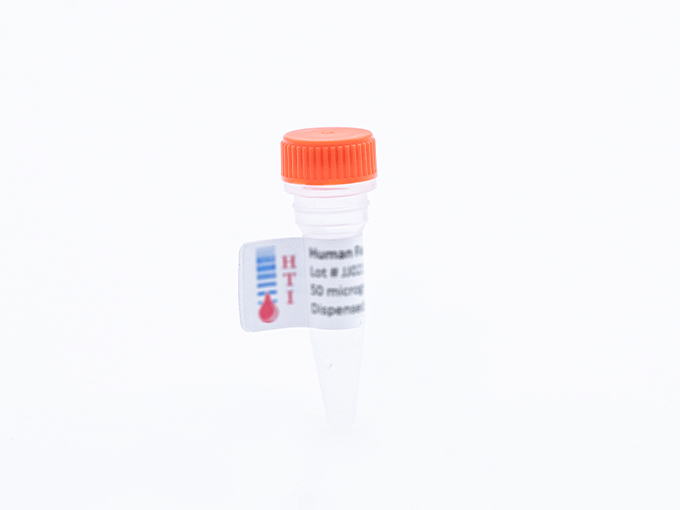Description
Factor Va is a cofactor for the serine protease factor Xa, and in the presence of calcium ions they collectively assemble on a phospholipid surface to form the prothrombinase complex (1). The prothrombinase complex is responsible for the rapid conversion of prothrombin to thrombin. Factor Va is derived from the pro-cofactor, factor V, upon limited proteolysis by �-thrombin. The thrombin cleavage of factor V liberates two heavily glycosylated activation peptides from the central portion of the molecule which have no cofactor function. Factor Va is comprised of an NH2-terminal derived heavy chain (Mr = 94,000) and a COOH-terminal derived light chain (Mr = 74,000) which remain associated in the presence of calcium ions. The cofactor binds to phospholipid (cell membrane) surfaces and effectively serves as a receptor for membrane bound factor Xa. Complete assembly of the prothrombinase complex (factor Xa, factor Va, phospholipid, and calcium) results in a 300,000-fold increase in the rate of prothrombin conversion relative to the rate observed with factor Xa alone. The interaction between factor Va and factor Xa is mediated by both the heavy and light chain of factor Va, while the binding of prothrombin to factor Va is mediated solely by the heavy chain. Factor Va is prepared by activating purified factor V with thrombin and is subsequently purified by immunoaffinity chromatography (2). This process results in cofactor preparations which are free of both activation peptides and thrombin. Purified factor Va is supplied in 50% glycerol (vol/vol), 5.0 mM CaCl2, and should be stored at -20°C. Purity is determined by SDS-PAGE analysis and activity is measured in a factor Va clotting assay.
SUPPLIER:
Prolytix
STATUS:
In Stock
SIZE:
100 µg
-

